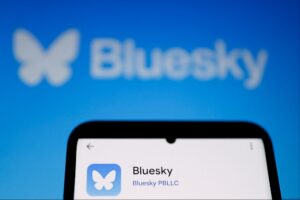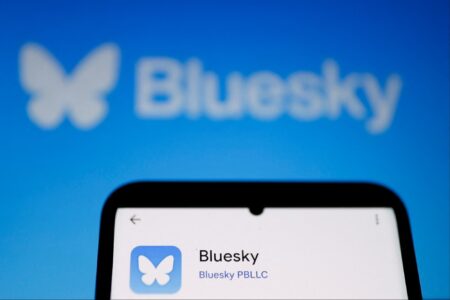When Ishan Patel was a boy, his grandfather — who lived with his family — suffered from severe hearing loss. “It went from him disconnecting to the family not even wanting to interact with him and some of the adults starting to resent him, even though they loved him,” Patel says. “No matter how much you love someone, imagine having to tell them the same thing five times in a row. Hearing loss isn’t just that you can’t hear. It’s affecting everyone around you.”
Fast forward to Patel dropping out of college to start an AI company that didn’t work out, and then, in 2017, learning that the Food and Drug Administration was going to change a rule and allow hearing aids to be sold over-the-counter, without a doctor’s prescription.
“That was the moment when the space was formally regulated,” he says. “In the medical industry, there’s tons of advancements all the time, but this is a dramatic shift for one of the senses that controls your entire quality of life.”
When the rule changed in 2022, Patel was ready. He had a hearing aid prototype and a proof-of-concept online customer base of a few hundred thousand Americans. He took that product to Walmart — which wanted his $189 hearing aid to sell on its shelves, but for less than $100 inside of six months.
Related: The Top 5 Traits of Successful Entrepreneurs
It was every entrepreneur’s dream, and nightmare. Today, Patel’s company, Audien Hearing, is on track to have more than 1 million customers by the end of the year. All of this made Patel a finalist on our Entrepreneur of 2024 list of 20 innovative leaders.
What went through your mind when Walmart’s team said they wanted your hearing aid, but at almost half your retail price?
I’ll never forget having the conversation with our retail adviser. He asked me, “Are you the only one in the entire world that can make this product?” I said, “I may have been the first one to do it, but it’s a lot of hubris to say I’m the only one who could put it off.” At that moment, it was do or die.
We took a lower profit margin, and we went back to all our supply chain people, for all the components, to get those costs down while maintaining the FDA’s quality standard. We had to figure out who would assemble our patent-pending design in this particular way. Nobody wanted to do it.
Why did the suppliers resist?
They would much rather sell a multi-thousand-dollar hearing aid with a massive margin through existing distribution channels than rework the component cost and their operational expenses.
How did you persuade them to work with you?
Honestly, it was sharing the vision of the company — not only what we had accomplished, but volume. We were one of the highest-volume companies in the space, and 80 percent of the world market was unserved. That’s how big of a miss has happened in this industry. I got them to drop their margins, and they reconfigured their supply chain processes too.
That’s when customer demand spiked, creating new problems.
The entire company grew pretty dramatically. It’s not just the shopping that’s happening in Walmart; the brand awareness also occurred. We almost tripled between the time we engaged with Walmart and today. From 2022 to 2023 we nearly 4X’d our revenue, and it’ll be 8X by the end of this year.
The supply chain definitely did have a strain for the first few months. We had a period of a few weeks when our in-stock rates at Walmart dropped to dangerous levels.
Related: Starting a Business Is Impossible Without One Thing — and It’s Not Cash
What does Walmart say when that happens?
Walmart said, “Figure it out.”
You don’t have to hit it the exact perfect way. And things can change. You may have to pivot multiple, multiple times, but at the end of the day the core vision stayed the same. I was able to go in honestly and say that the fact I have to pivot is proof of success for this vision.
That led to higher-quality manufacturers being willing to work with us. Not everyone can be Apple and order the same quality sound components at those same prices, but this new supplier we are working with, they have certification that they call the “Apple level.” They don’t even work with you if you’re not at a certain point.
So as you solved problems, you used the solutions as springboards to grow more.
I think the critical element in the decision-making process was being able to figure out what I could produce right now. And with that result, what could I show, and then build from there. It’s a chicken-and-egg thing, but you’ve got to go for it.
We compounded the losses into wins. These were the failure points, this is how far we could get, but how do we take that and grow from there?”
Read the full article here









